
refuse collectors at work
City of College Park

City of College Park
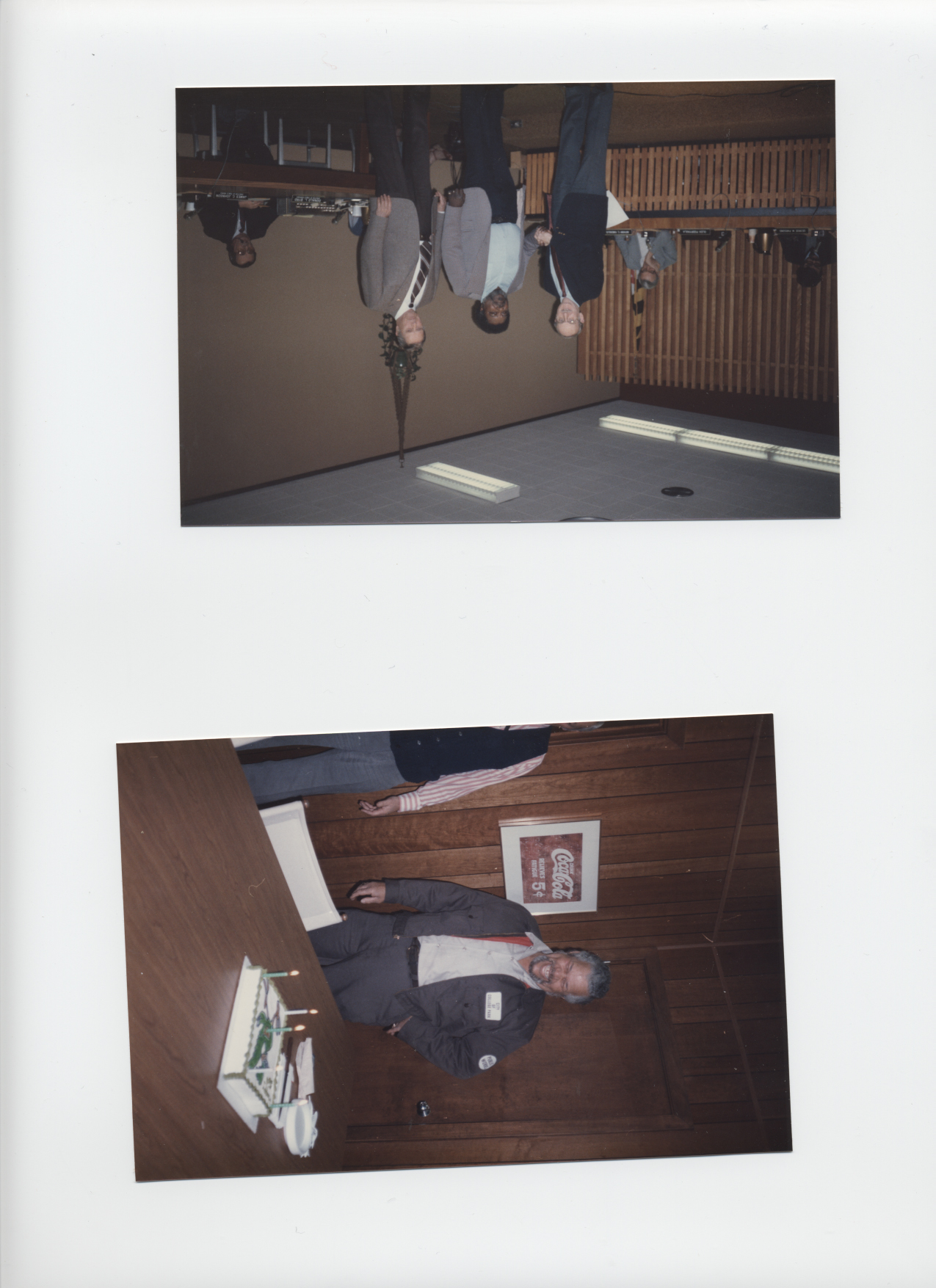
One image shows birthday celebration for city employee Other image shows recogniton in council chambers with left to city employee John Sellers and Mayor Alvin Kushner on his left and city manager Leon Shore on his right
An oral history interview conducted with Elwood Gross by Eli Pousson as part of an IMPART funded oral history research project.

University of Maryland
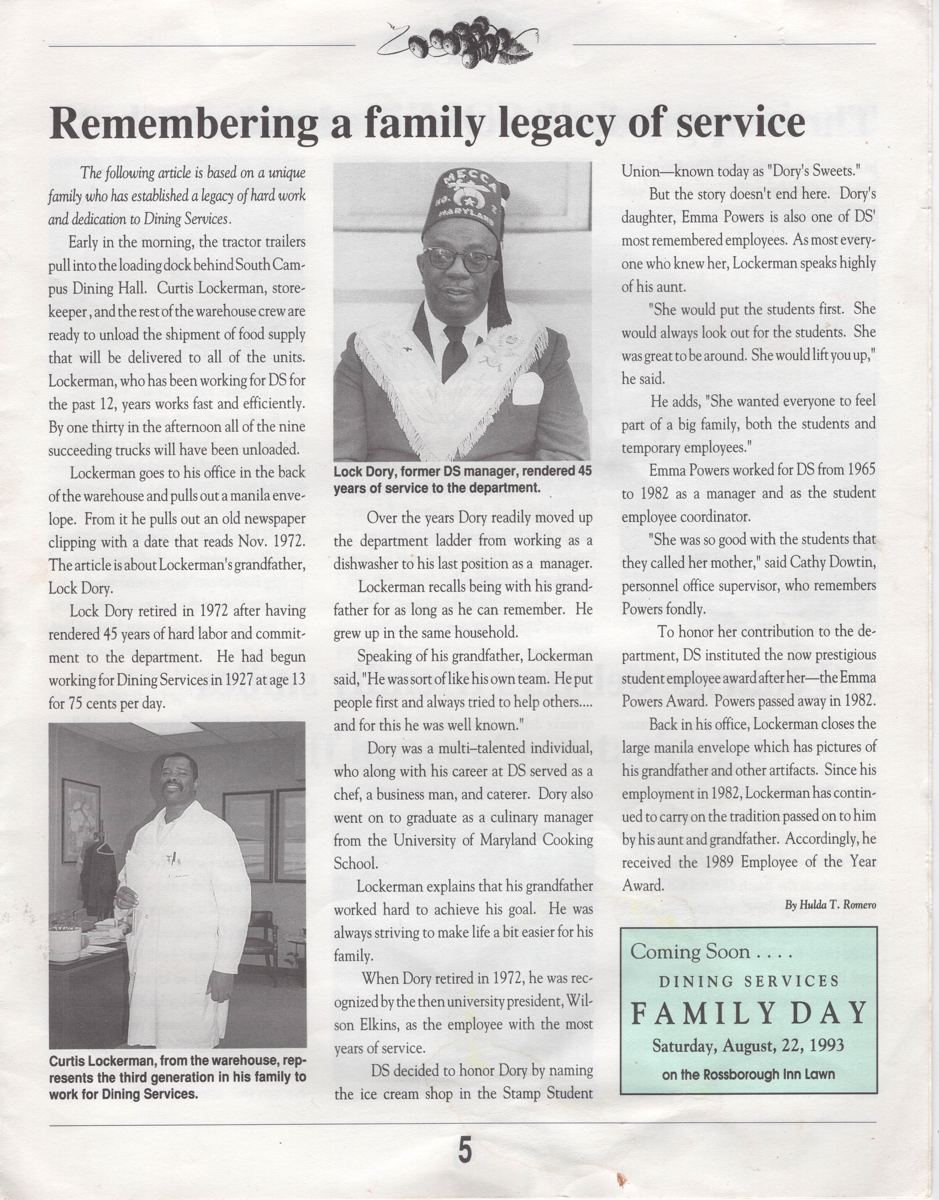

Dessie Randall Thomas- Department of the Army Award
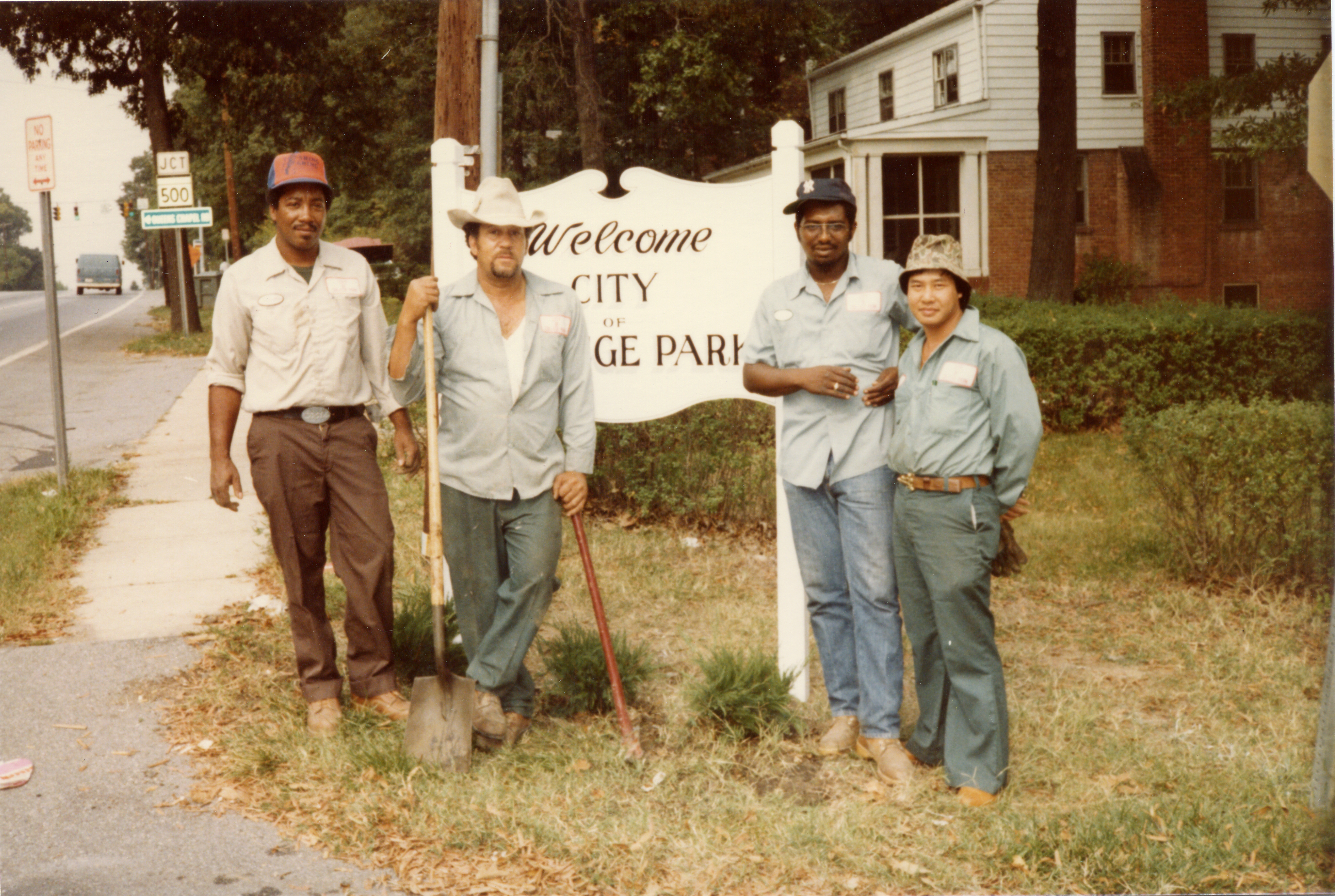
At College Park boundary sign
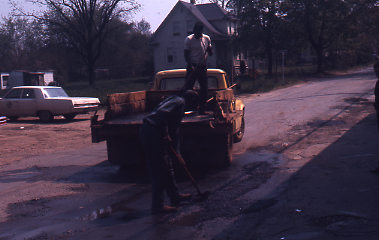
Roads in Lakeland were quite different than those in the rest of the city

Lakeland girls Ruby Briscoe and Gladys Conley jitterbug on a Newark, New Jersey, street in the 1940s. They were like many others who migrated to industrial cities for the plentiful jobs that were available during World War II. Briscoe, later Ruby Tynes, made New Jersey her home. Conley returned to Maryland and was a school teacher in St. Mary’s County. Both retained lifelong ties to their family and friends in Lakeland. (Courtesy of the Gray family.)

Mayor making presentation to James Claiborne in honor of his retirement.
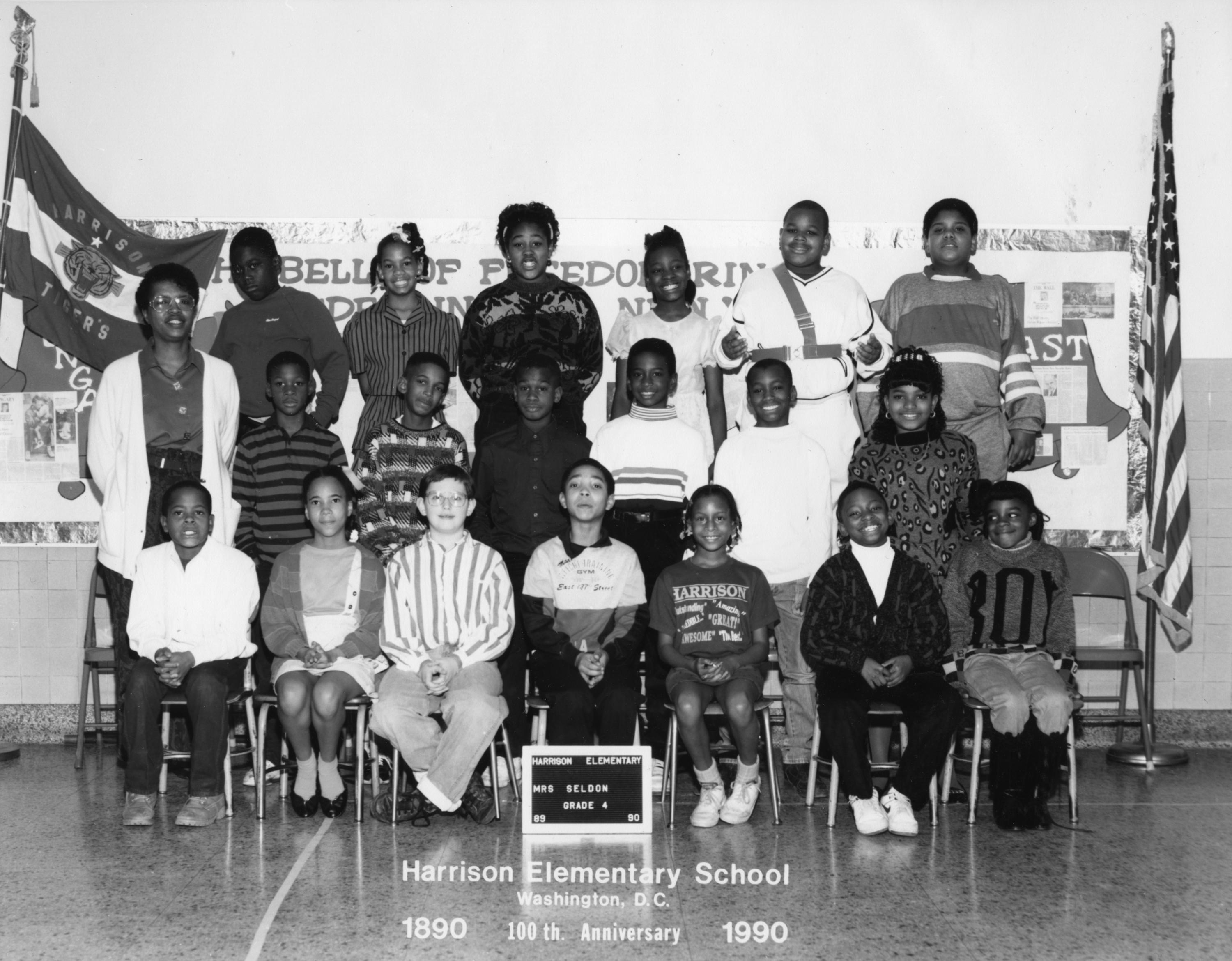
Barbara Brown Seldon is among a list of educators who were raised in Lakeland. She taught for 30 years at the District of Columbia's Harrison Elementary School. She is pictured with her fourth grade class in 1990.
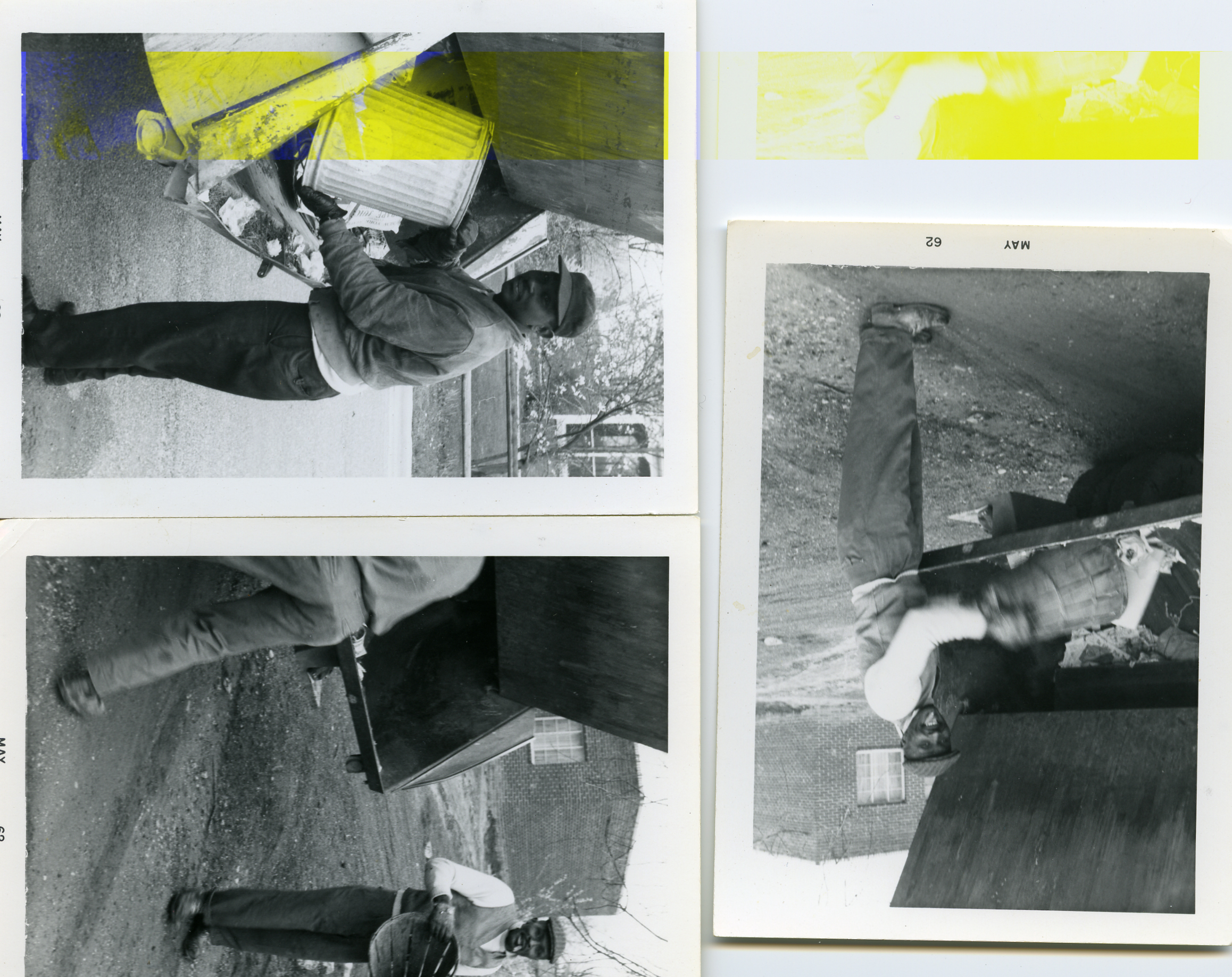
Seen doing solid waste removal
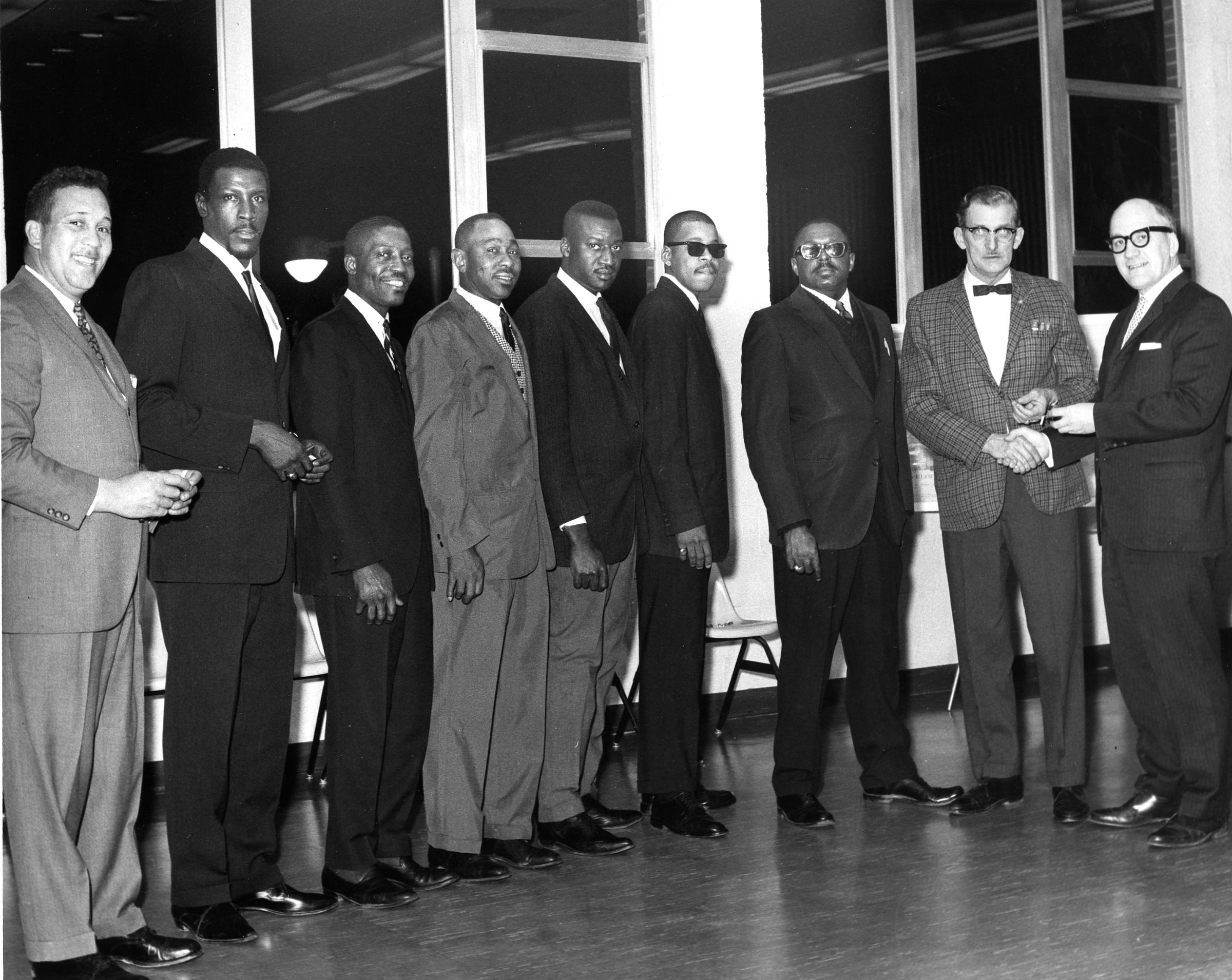
Members of College Park's Public Works Department were honored at a c.1965 city council meeting. William Gullett (far right) was the Mayor; he is shown shaking hands with the Director of Engineering Services Caulder B. Morris. The three Lakelanders in the group are Chauncey Taylor Sr. (far left), William Smith (next to him), and Paul Parker (third from right).
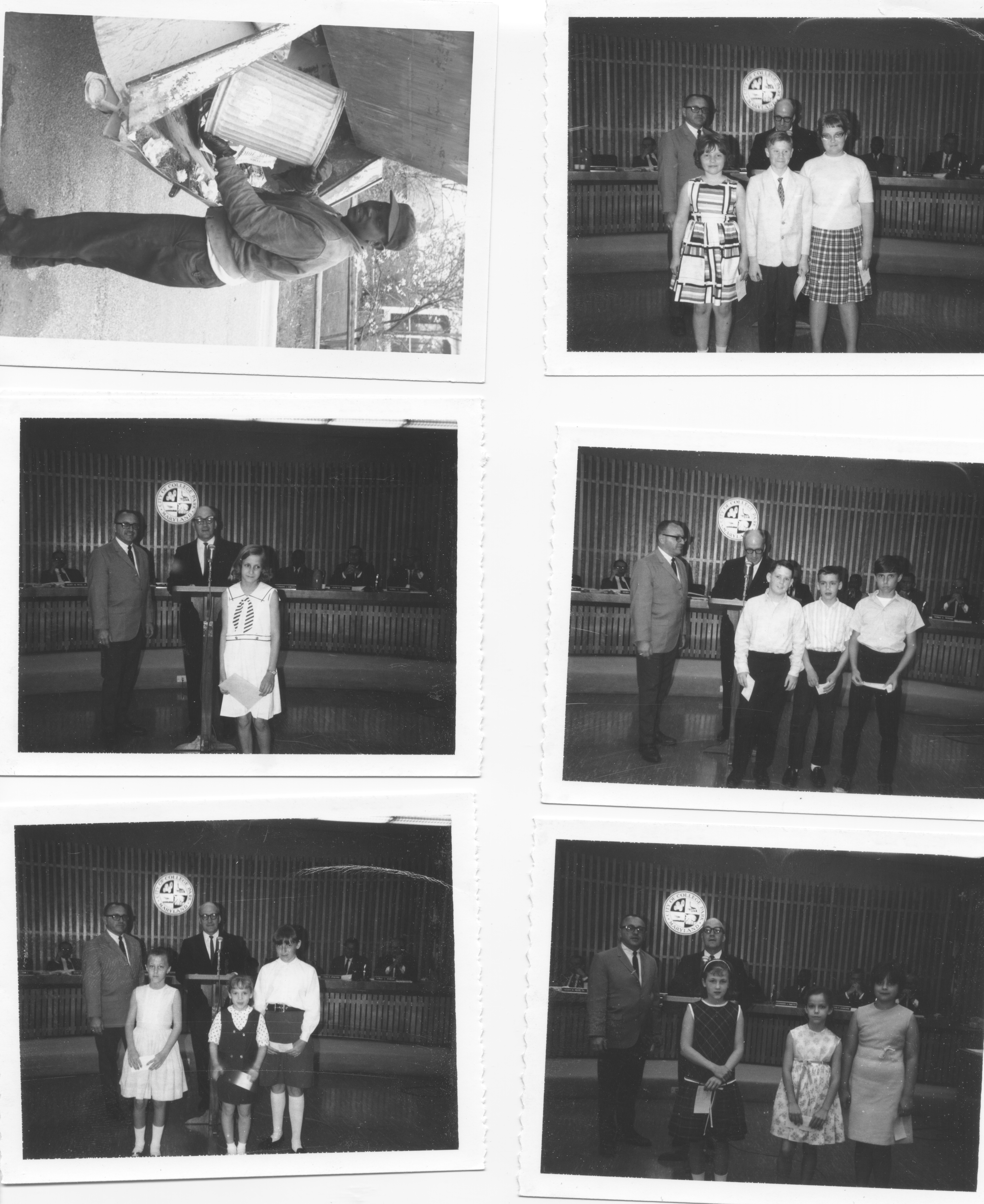
From City of College Park collection
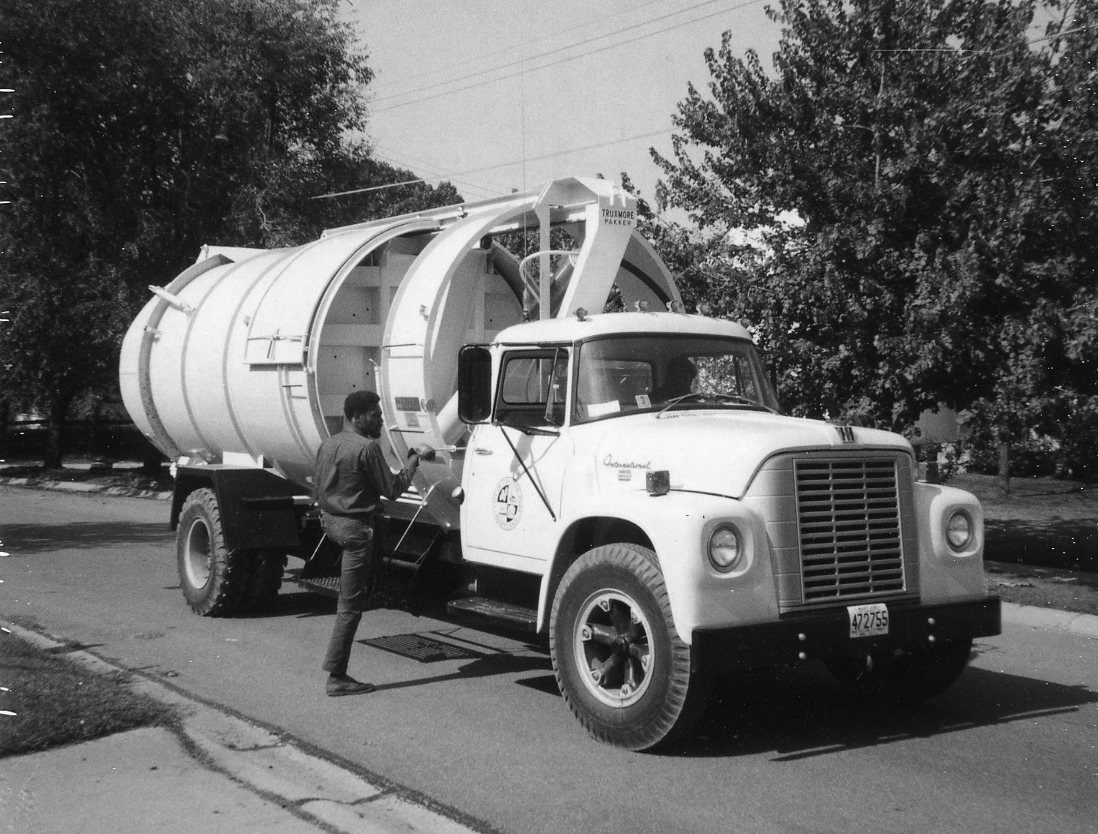
City of College Park Public Works
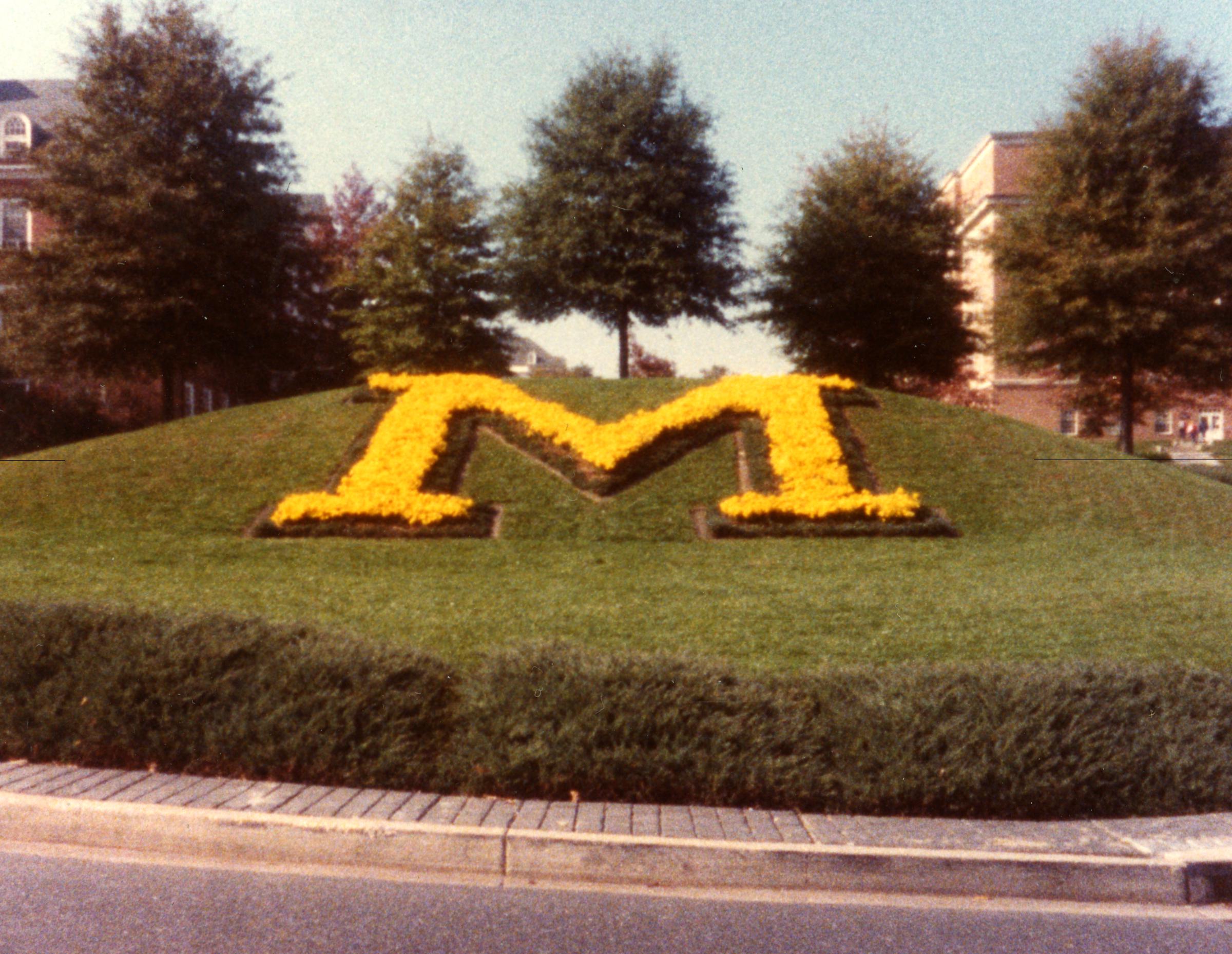
The "M" in the traffic circle on Campus Drive has been a landmark on the University of Maryland campus since the 1970s. Its recognition factor is second only to the University Chapel. James Adams of Lakeland was a member of the university's grounds crew for 37 years and was instrumental in the installation of this planting.

Robert Ridgely Gray
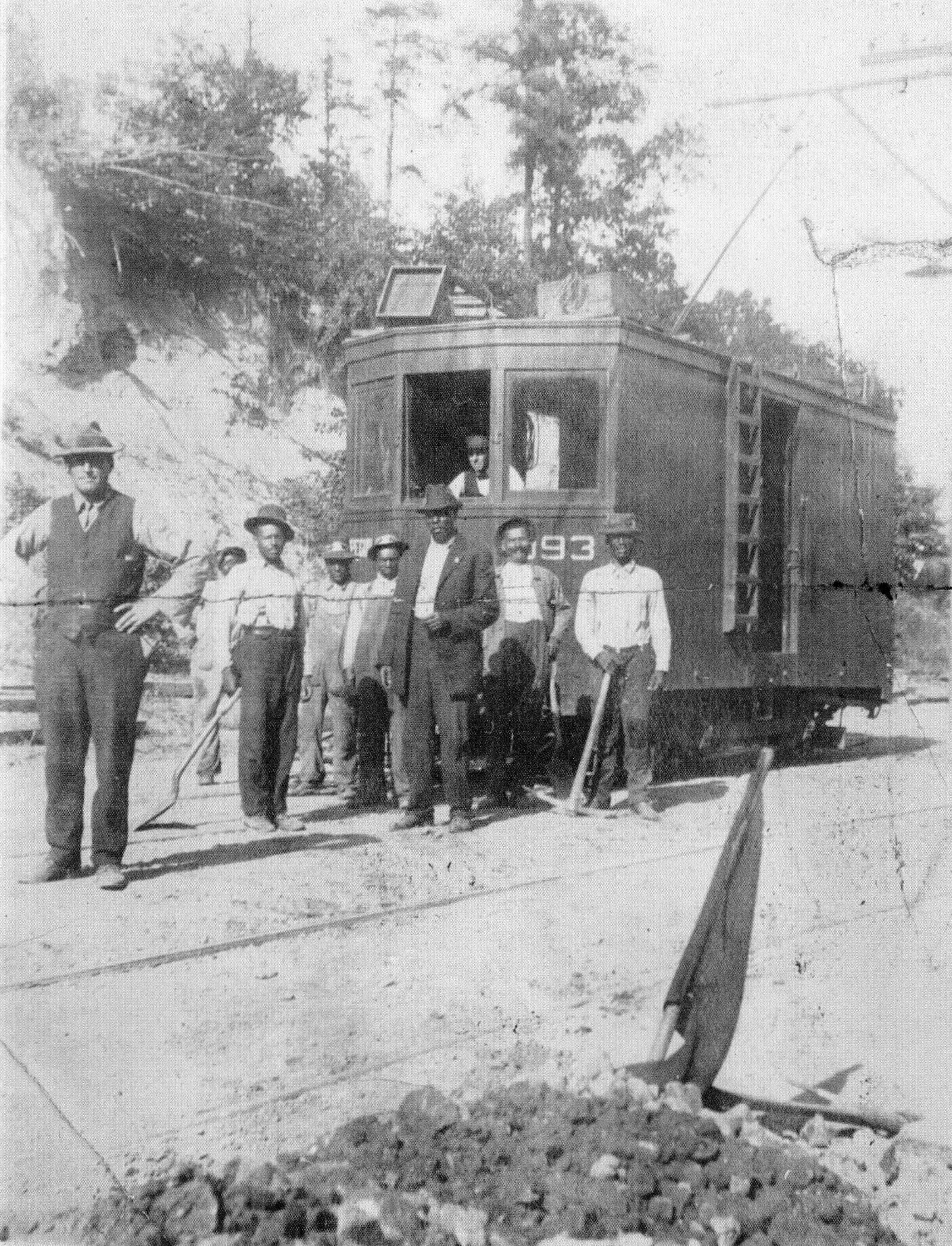
Benjamin Robert Hicks was employed for years on the Baltimore & Ohio Railroad. He was a member of a crew that built, maintained and repaired hundreds of miles of railroad track. He is pictured in the middle, the tall man in the dark jacket. Several of Lakeland's earliest African American settlers came to the community through their work on the railroad, including Benjamin Hicks, John C. Johnson, and Joseph Brooks.
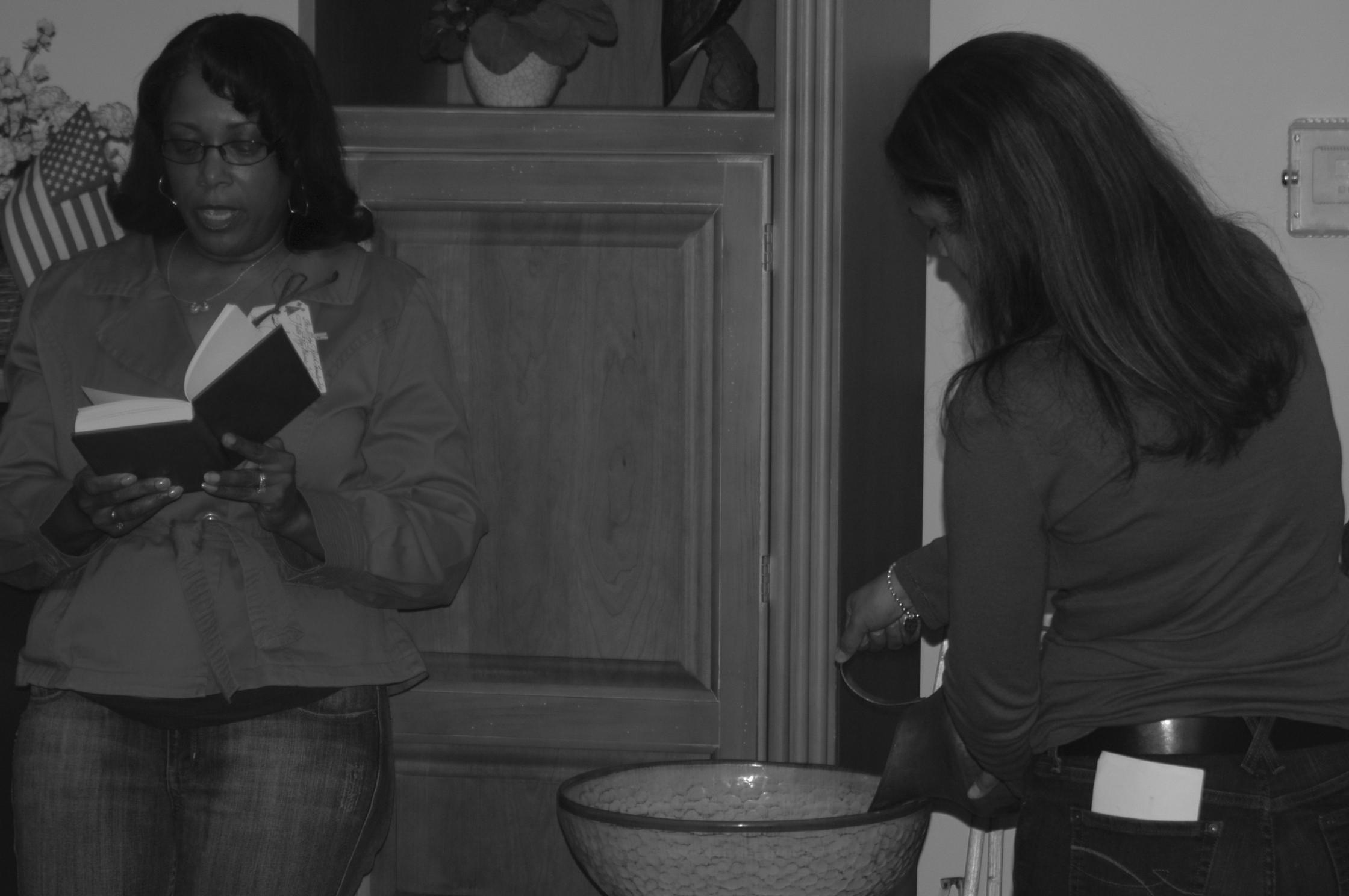
Melonie Sharps Garrett grew up in Lakeland with her parents and three sisters. Her career has flourished as a master certified coach and organizational development consultant. She has led her own company--ATG Coaching and Consulting, LLC--for 22 years.
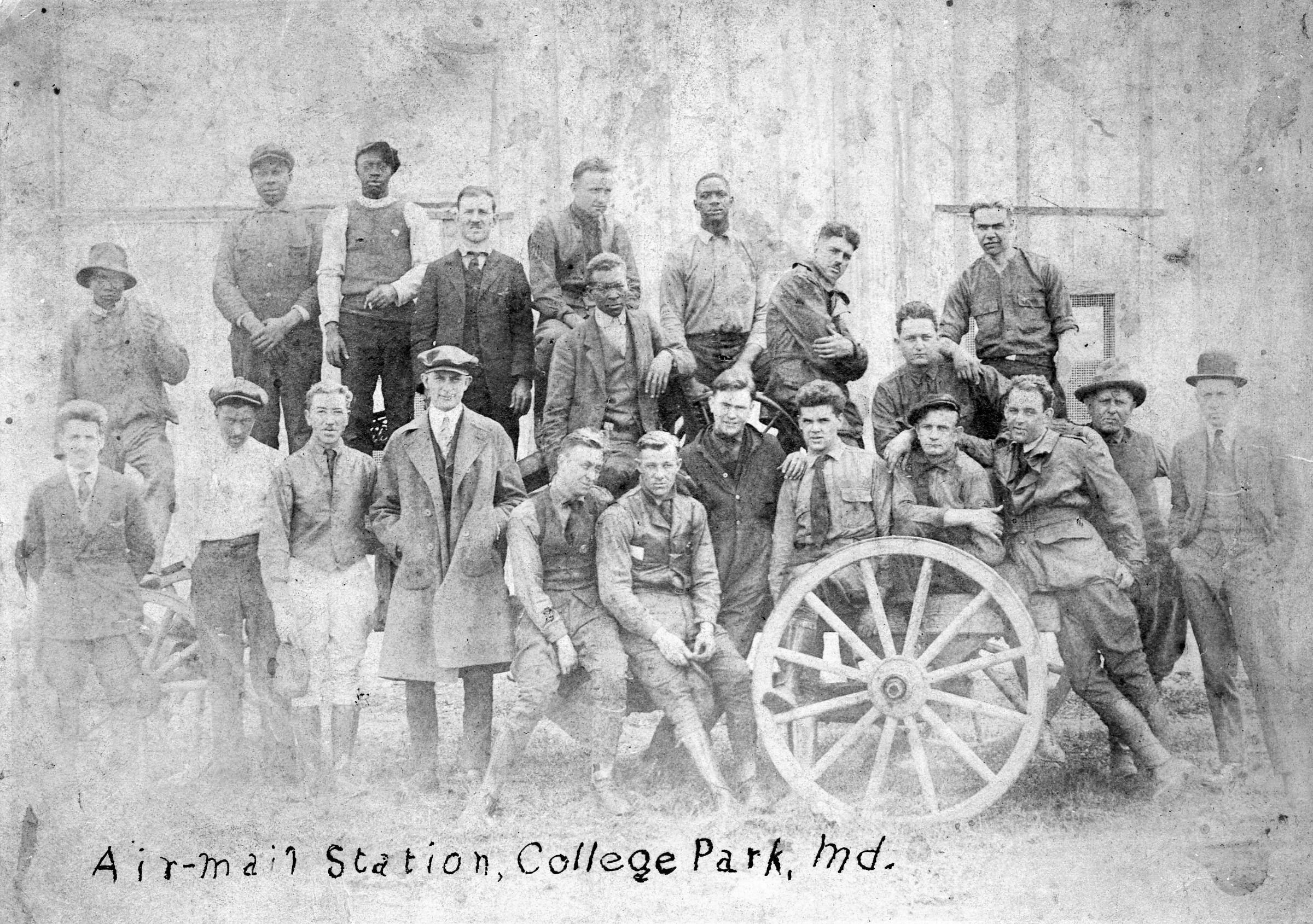
Airmail mechanics, couriers, pilots and groundskeepers pose in the early 1900s at the College Park Airfield's Airmail Station. Lakelanders among the crew include Charles J. Johnson, Hans Hill, Paul Hill, George Brooks, and Bernie Brooks. The College Park Airport, established in 1909 and located just beyond the boundaries of Lakeland, is the world's oldest continually operating airport.
Donor Clarice Briscoe worked as accounting receiver. She is in the back row second from the left.
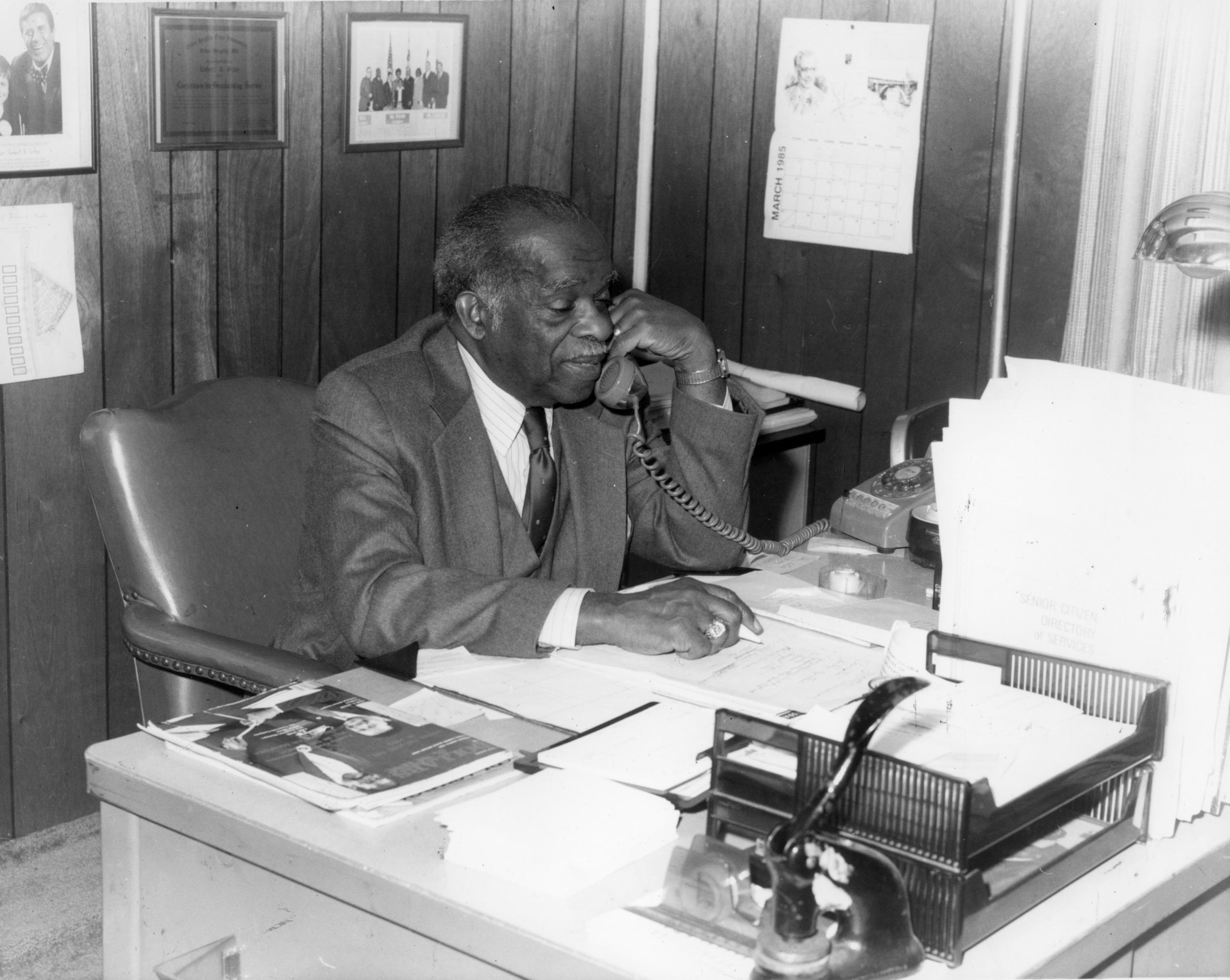
Robert Ridgley Gray had a stellar career as an educator and civic leader. Born in 1910, he was the eighth child of James H. and Eliza E. Gray. In his unpublished memoir, Gray wrote: “In 1934, I had the honor of opening an eight–room school in Fairmount Heights. … At that time, this was the largest school in the state … built primarily for elementary education.” Gray served his country during World War II. In January 1946, he returned to the school and served as principal there until his 1970 retirement. In 1964, he chaired a bi-racial committee studying the problems of integration in Prince George’s County’s public schools. From 1977 to 1989, Gray was mayor of Fairmount Heights, Maryland. In 2001, a new county elementary school was named for him.
An oral history interview conducted with Pamela Boardley by Eli Pousson as part of an IMPART funded oral history research project.
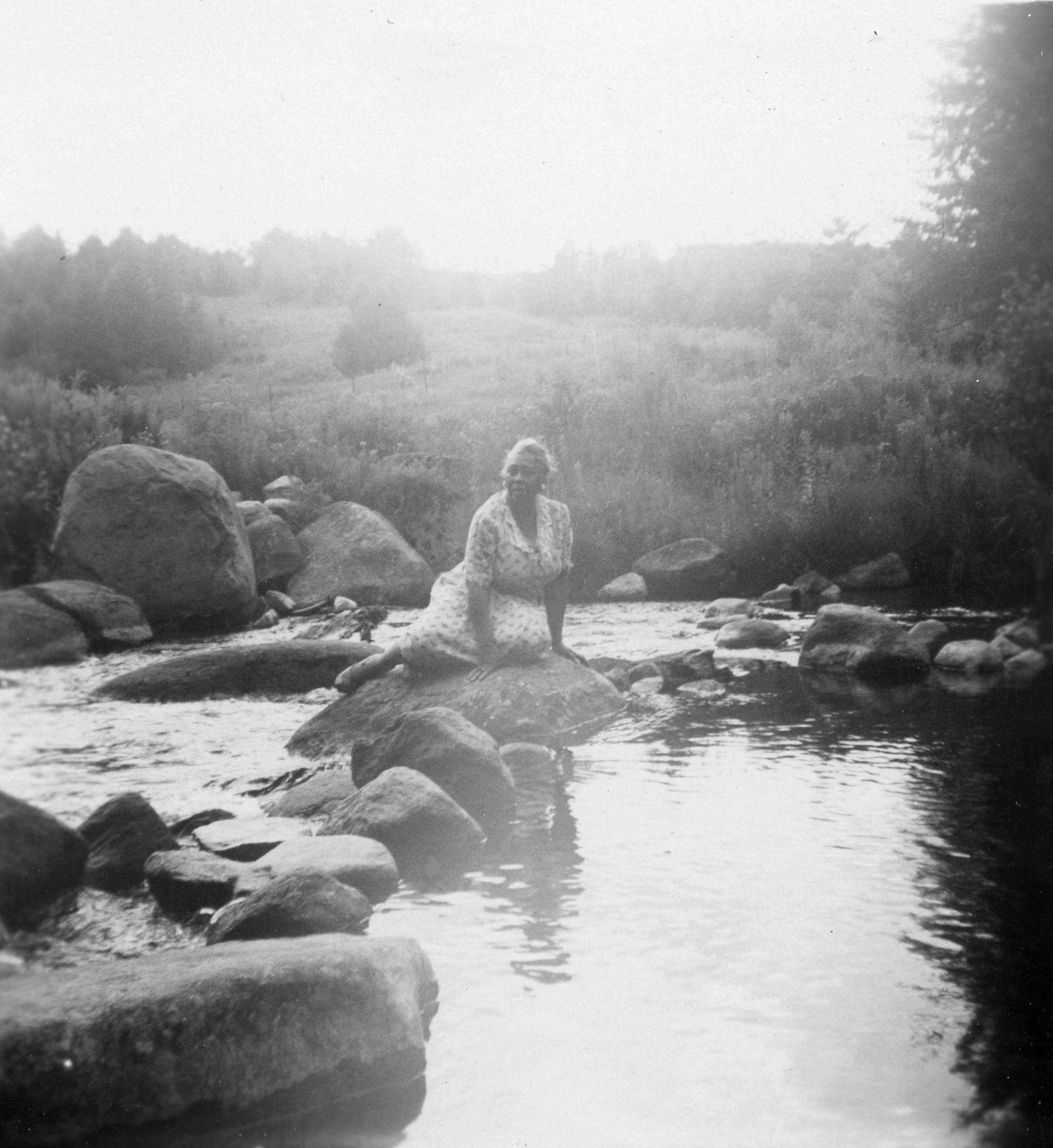
Agnes Gross during time off work during summer employment in upstate New York
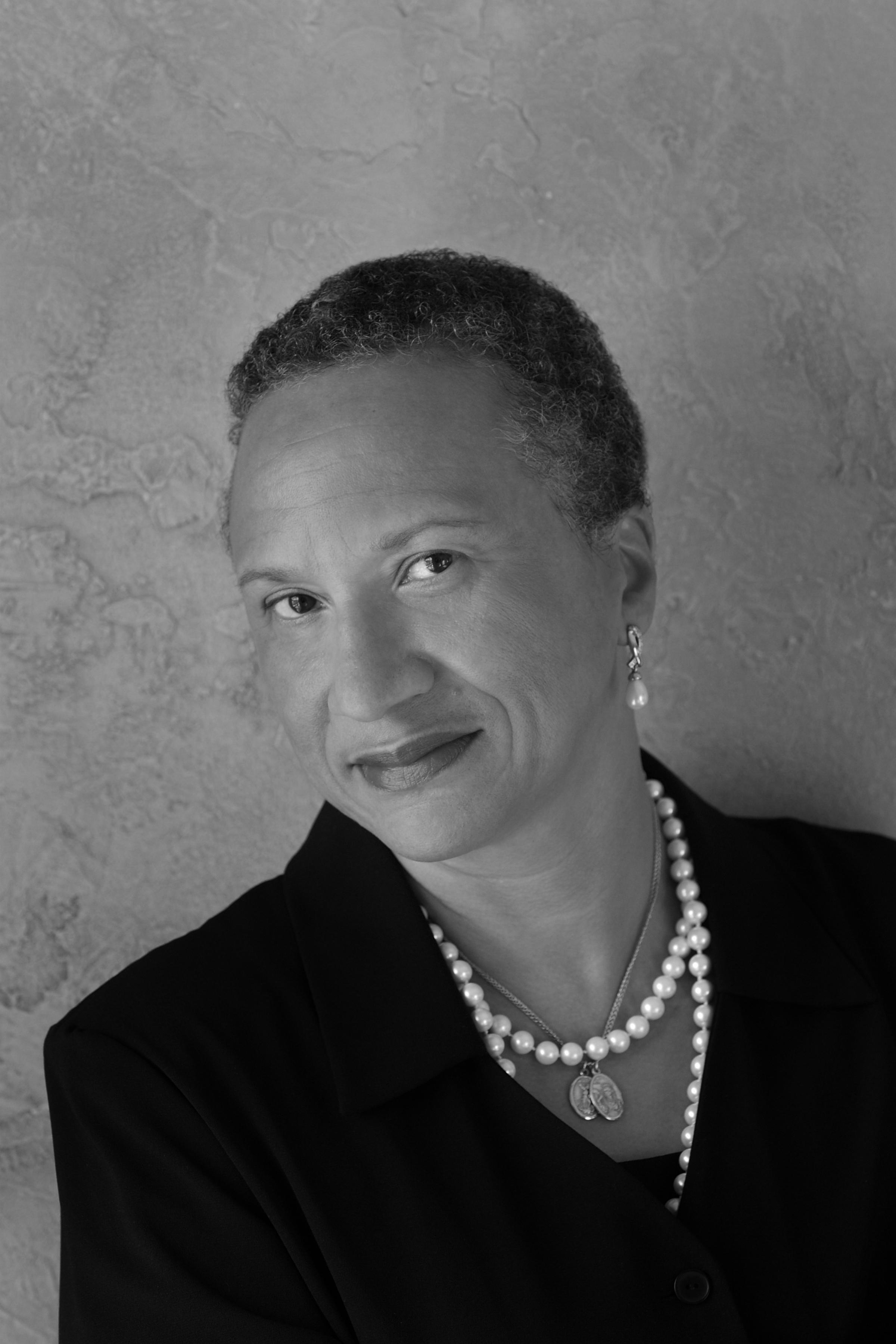
Joanne Margaret Braxton, the daughter of Harry M. Braxton Sr. and Mary Ellen Weems Braxton, is photographed here in 2008. Having earned her undergraduate degree at Sarah Lawrence College and her master's and doctoral degrees from Yale University, Dr. Braxton joined the faculty of the College of William and Mary in 1980. She is a widely published scholar and poet and has received numerous awards during her 29 years of service as a senior African American faculty member.
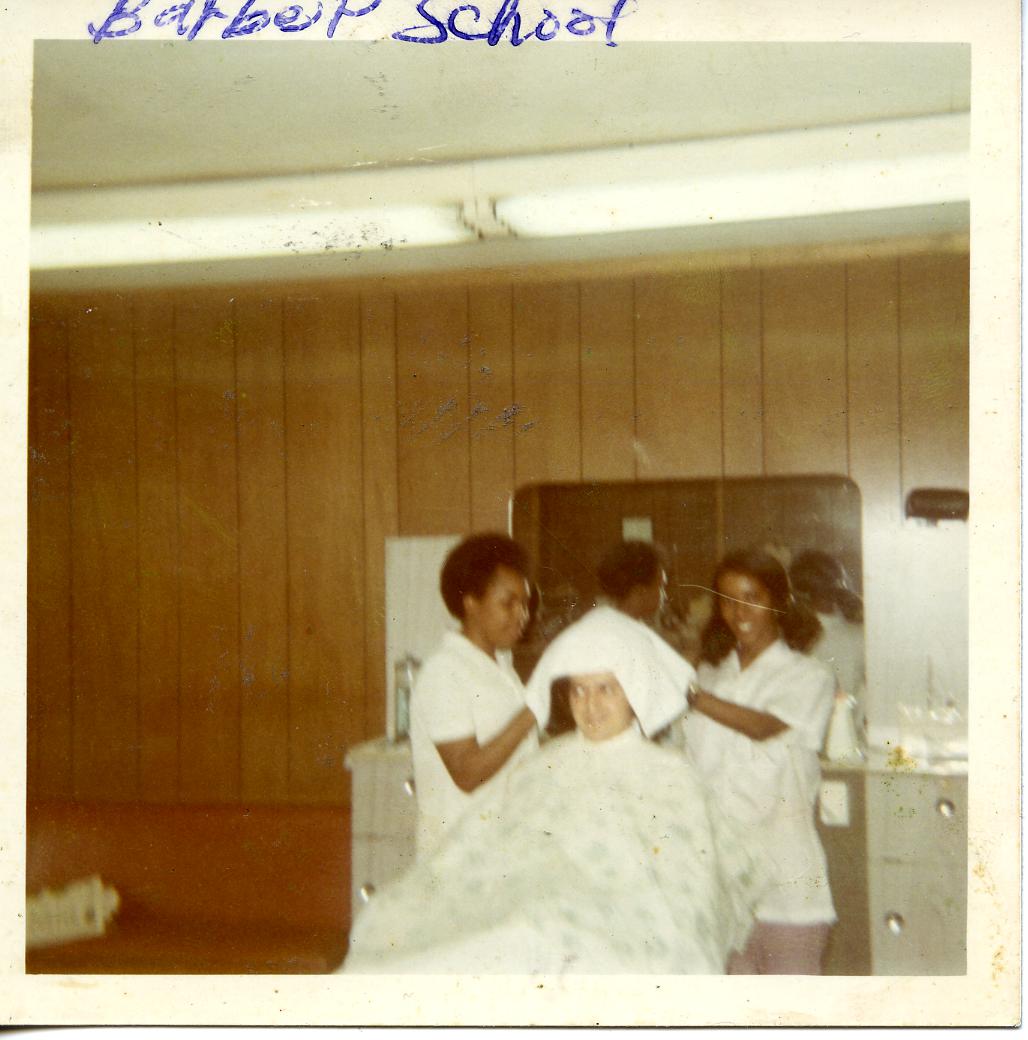
Earlene Williams on left

City of College Park
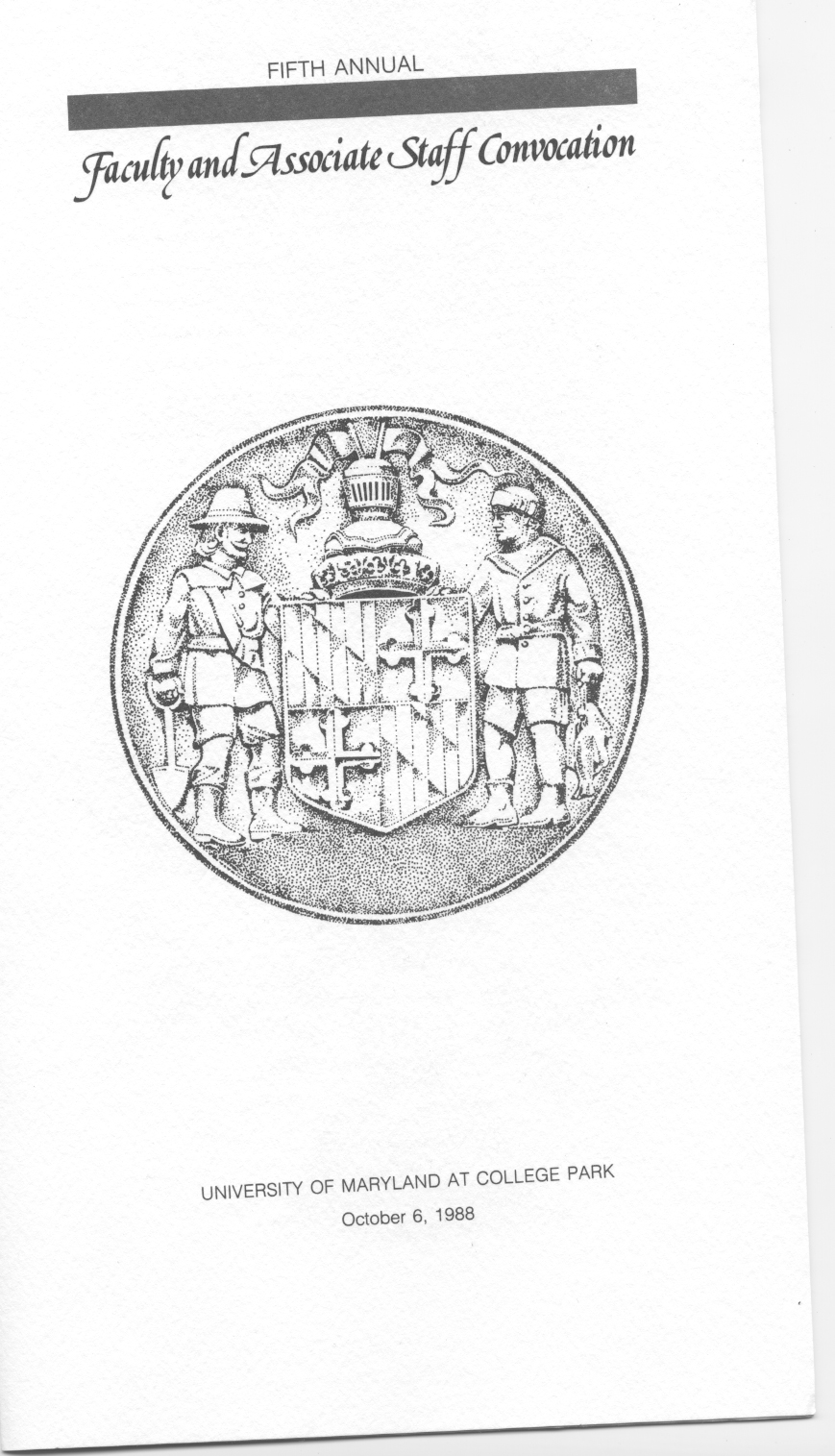
University of Maryland October 6, 1988

At University of Maryland Physical Plant
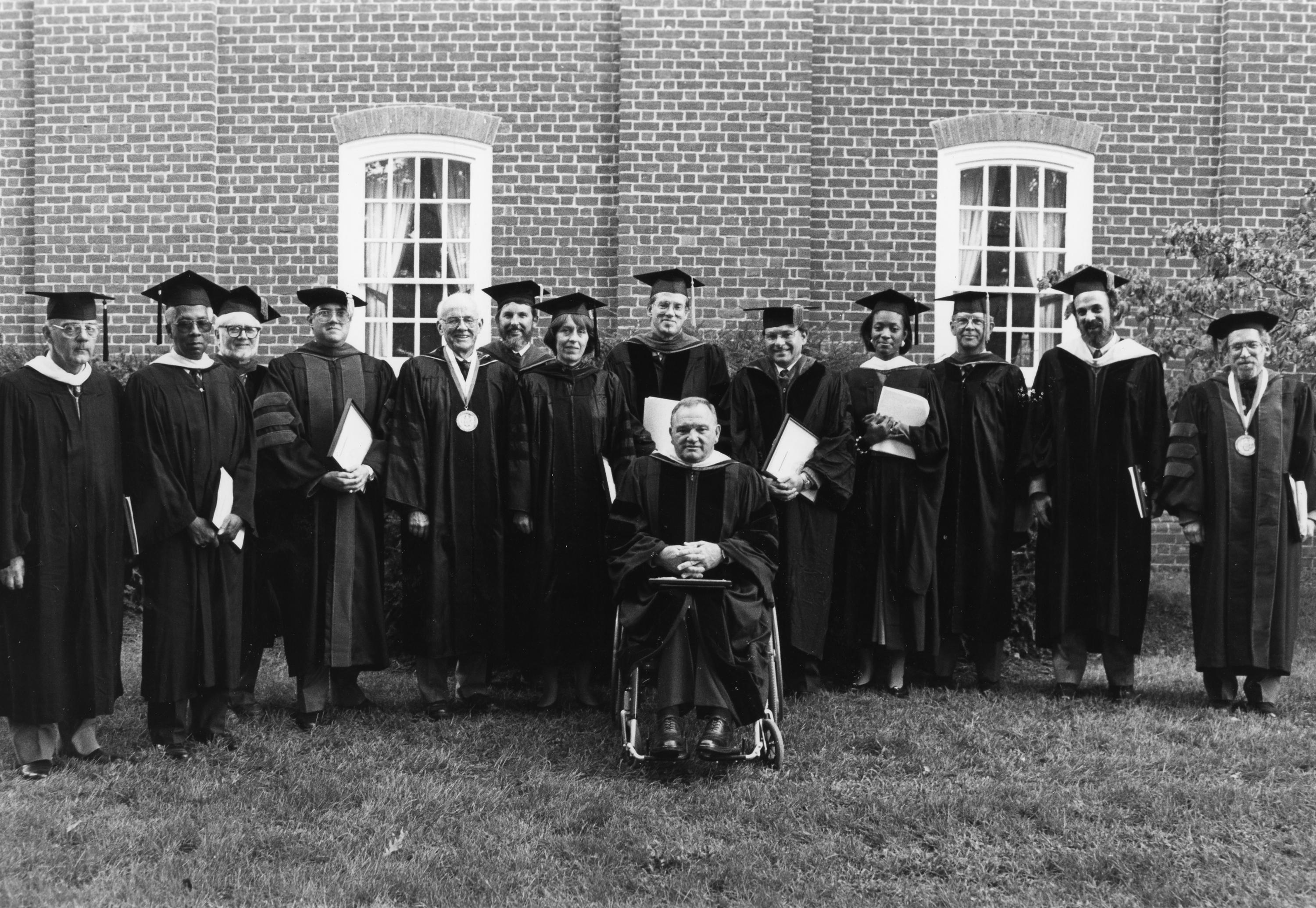
Two generations of his family preceded Elwood H. Gross as an employee at the University of Maryland. In earlier years, opportunities open to African Americans were limited. With the removal of racial barriers and his hard work, Gross rose from being an automobile mechanic's apprentice to the position of associate director of the Physical Plant. In 1988, Gross (second from left) was one of several recipients of the Associate Staff Award.
Interview transcript Delphine Gross with her grandmother, Agnes Gross for a class in the 1980s Agnes Gross' house was on the land of the College Park Community Center, but was taken bc of eminent domain. They then relocated to a property in on 54th Ave. Agnes Gross is the youngest of 14 siblings. The interview is marked up with notes from the teacher. The first page is the interviewer asking Mrs. Gross about her family, her hometown, and when she was born, more about her background in Murkirk - her schooling, the church she attended, etc. Asking about a nearby school, Mrs. Gross's father's land, and Mrs. Gross's work history. Going into detail about Mrs. Gross's family, what she stored during WWII, and her siblings., More about Mrs. Gross's siblings - then more of her work history. When doing domestic work, she was paid as little as a quarter an hour. Mrs. Gross raised her baby-sitting rate to a flat five dollars, which was somewhat expensive at the time. For context, she also says that you could get the best pork chops for fifty cents. She also speaks on how some things, mainly convenience, are better now than they were when she was younger, and how some things are worse (such as crime). Speaking of how times have changed, such as the segregation in public spaces she faced when she was younger. Also speaking about life during the Depression - you would help anybody who came to your door., Working conditions - people, especially black people, were paid very low wages. Often they'd work until they physically couldn't anymore - she speaks of old women who would "pull themselves up on the streetcar" because they needed the money from working.
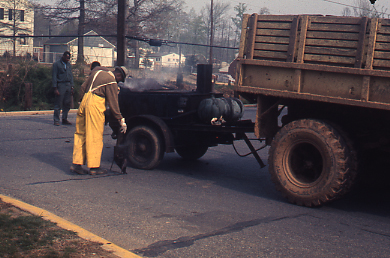

The "M" in the traffic circle on Campus Drive has been a landmark on the University of Maryland campus since the 1970s. Its recognition factor is second only to the University Chapel. James Adams of Lakeland was a member of the university's grounds crew for 37 years and was instrumental in the installation of this planting.